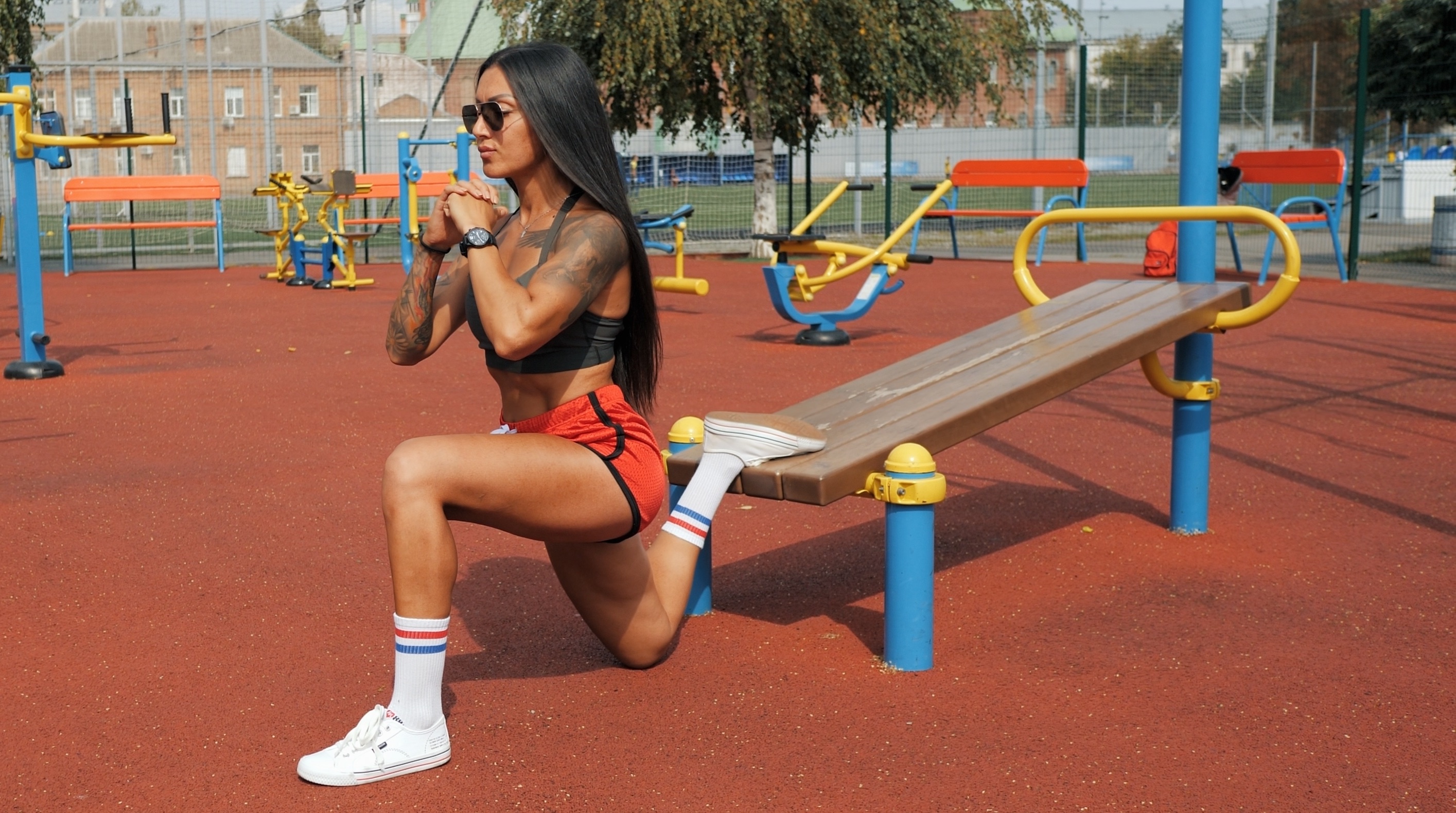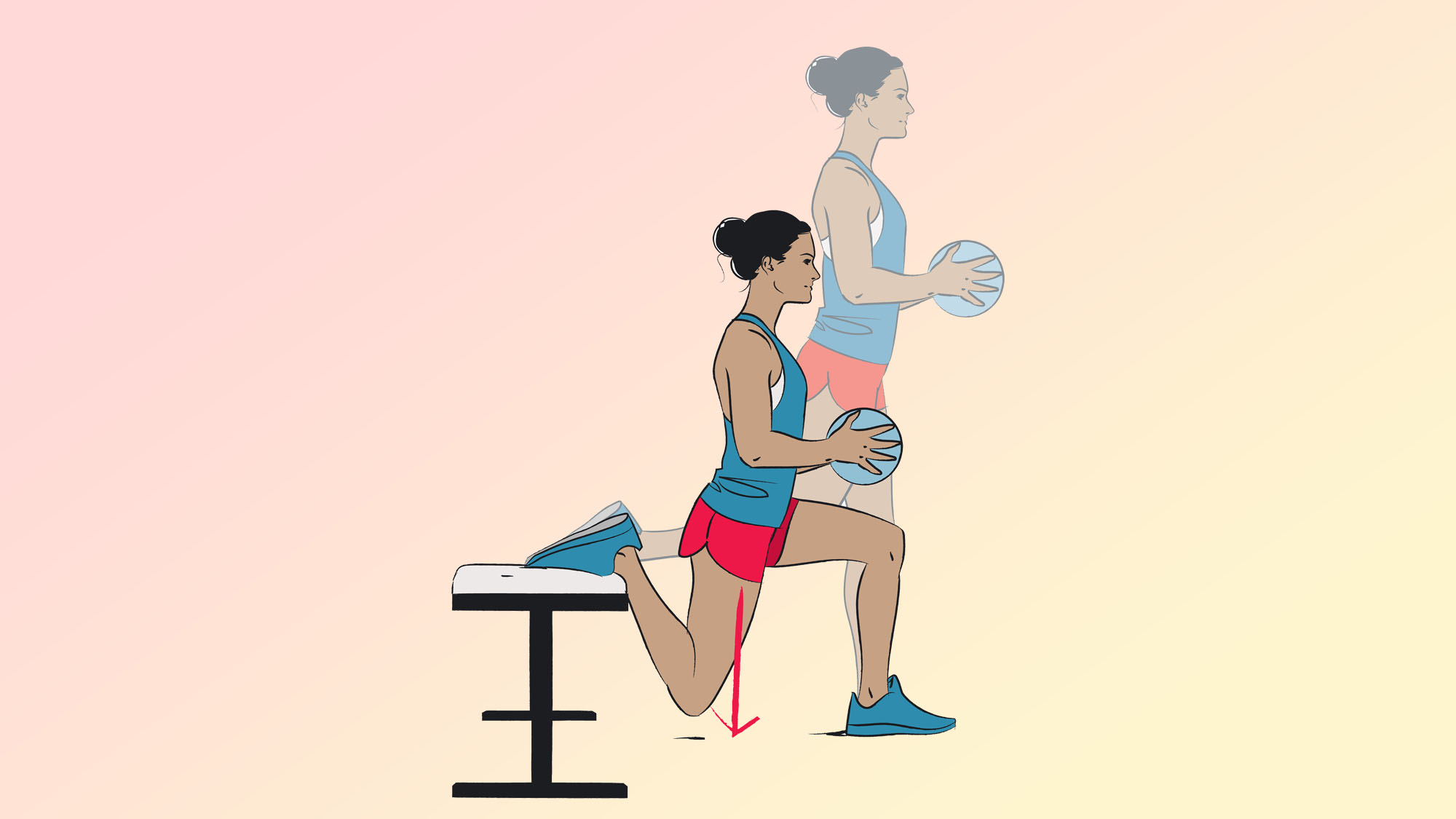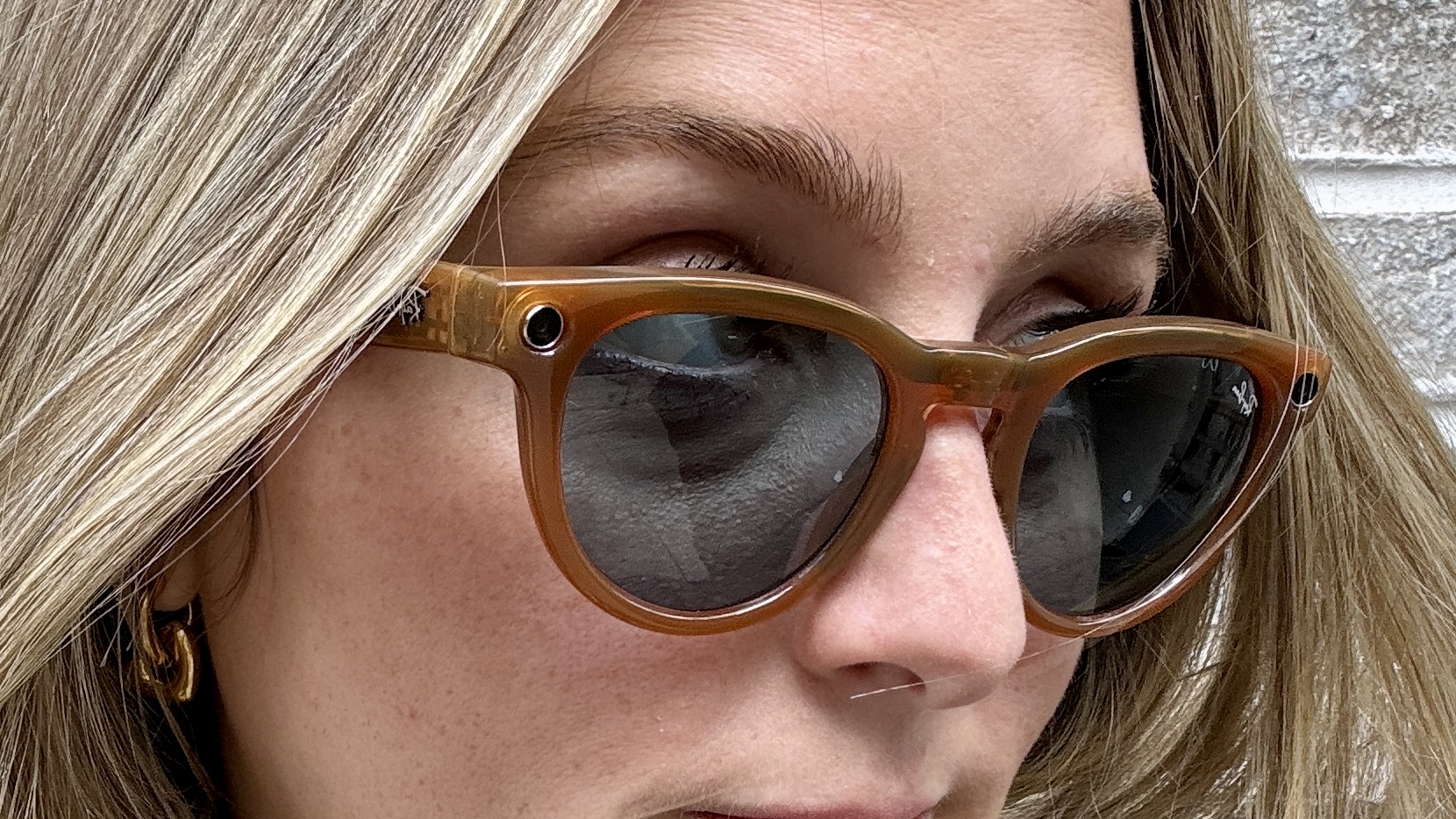
The Bulgarian split squat stands as a formidable leg exercise, it's one that guarantees a lower body burn during any leg day session. For those looking to target their glutes, quads, and hamstrings with precision, mastering this exercise is a must.
You can perform Bulgarian split squats with just your body weight and a bench or sturdy chair. The move is also known as the rear-foot elevated split squat and originates from the Bulgarian weightlifting national team in the 1980s. Though challenging to perfect, it offers a proper lower body workout, demanding both balance and coordination.
You can read about what happened when we did 50 Bulgarian split squats every for a week. Or perhaps you're seeking expert guidance from Sweat trainer Kayla Itsines on refining your form and reaping the full benefits of this exercise, along with exploring its various iterations. Either way, buckle up as we delve into the world of Bulgarian split squats.
What is a Bulgarian split squat?
The Bulgarian split squat is a variation of a single-leg squat, where you elevate your back leg off the ground. This is a great exercise for targeting the quads, and it also requires a lot of balance, which requires you to engage your core.
How to do a Bulgarian split squat

- Stand in front of a chair or step. You’ll be roughly two feet from the chair, and your feet should be hip-width apart
- Lift your right leg and put it on the chair behind you
- You can either place the top of your foot on the chair, so your ankle joint is on the edge of the chair or flex your ankle and balance on the ball of your foot
- Make sure your feet are still roughly hip-distance apart, with your hips facing forward
- Engage your core and bend your left knee, as you would in a lunge
- Pause at the bottom, then drive back up to your starting position
- Make sure you perform the same number of repetitions on each side to keep things even
- The hardest part of the Bulgarian split squat is getting your legs into the right position
- Remember, you’re working the front leg — your back leg is just offering some stability in this exercise.
If you’re struggling to get your legs into the right position, Sweat app co-founder and trainer Kayla Itsines has shared one simple hack on her TikTok channel. Start by standing in front of a chair or step, and place one leg on the chair. Sit back on your foot, and step your front leg forward into position, grounding the foot into the floor. Then stand up and perform the squat.
Another common mistake is leaning too far forward during the exercise — keep your core engaged, your torso upright and your gaze forward. A slight lean is fine and helps engage the glutes, but leaning too far will put additional strain on your front knee.
What are the benefits of Bulgarian split squats?
The Bulgarian split squat is a compound exercise, meaning you’re working multiple muscle groups at the same time, making it a brilliant one to add to your lower body routine. If done with the correct form, you should target the quads, glutes, hamstrings, calves, abdominals, and spinal erector muscles. As mentioned above, you’re likely to work your quads and core harder than you would do during bodyweight squats or lunges, as you’re forcing your body to balance in this single-leg move.
Get instant access to breaking news, the hottest reviews, great deals and helpful tips.
Bulgarian split squats are also a unilateral movement, as you’re actively training one side of the body at a time. This can help you fix imbalances in your body, which is especially important for runners, or lifters, who might have a stronger side. Strengthening the weaker side can help make the body more balanced, and avoid injuries in the long run.
What are the Bulgarian split squat variations to try?
Once you’ve mastered the form, you can make this exercise harder by adding weights to the move by holding a pair of kettlebells or dumbbells in your hands. We’ve found the best adjustable dumbbells for weightlifting at home here.
Remember, this is an intermediate exercise, so if you’re finding them too difficult, go back to performing lunges and weighted lunges to work on your leg strength first.
You can read about how I did 50 Bulgarian split squats every day for a week — the results surprised me.
More from Tom's Guide
- Best arm exercise to build your guns without weights
- Here's the common squat mistake you’re probably making
- Best exercises to try to strengthen your lower back

Jane McGuire is Tom's Guide's Fitness editor, which means she looks after everything fitness related - from running gear to yoga mats. An avid runner, Jane has tested and reviewed fitness products for the past five years, so knows what to look for when finding a good running watch or a pair of shorts with pockets big enough for your smartphone. When she's not pounding the pavements, you'll find Jane striding round the Surrey Hills, taking far too many photos of her puppy.
- Sam HopesFitness Editor and Coach
